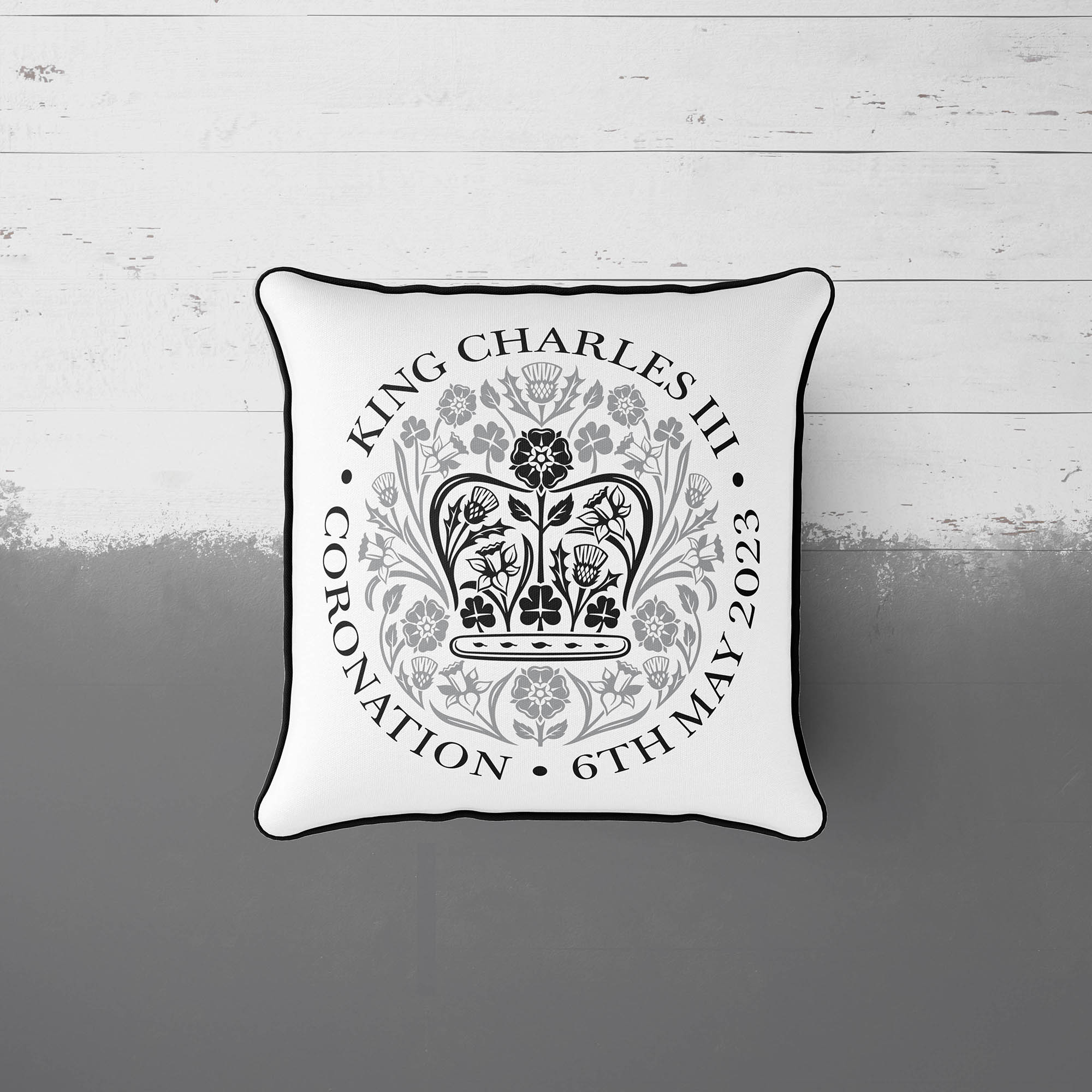How to Sew Piping on a Pillow? To sew piping on a pillow, first pin the piping to the right side of the pillow fabric, aligning the raw edges. Then, using a zipper foot, sew as close to the piping as possible.
Trim and finish sewing around the corners. Sewing piping on a pillow provides an elegant and professional finish. It not only adds decorative detail but also strengthens the seam and the structure of the pillow. Whether you’re a beginner or an experienced sewer, mastering the skill of sewing piping will elevate your pillow-making projects.
In this comprehensive guide, we’ll walk you through the step-by-step process of attaching piping to a pillow. From cutting the fabric and creating the piping, to attaching it and finishing the pillow, we’ll cover everything you need to know to create beautifully piped pillows. So, let’s dive in and learn how to sew piping on a pillow to enhance your home decor!

Credit: www.seasonedhomemaker.com
Getting Started: How to Sew Piping on a Pillow
When it comes to adding the perfect finishing touch to a pillow, sewing piping can make all the difference. Whether you’re a seasoned seamstress or a beginner, creating your own custom piping adds a unique touch to your home decor. In this blog post, we will walk you through the step-by-step process of how to sew piping on a pillow. Let’s start by gathering the necessary materials.
Gather Necessary Materials
Before diving into the sewing process, it’s essential to gather all the materials you’ll need for this project. Here’s a quick rundown of what you’ll require:
- Fabric for the pillow
- Coordinating thread
- Piping cord or cotton filler cord
- Straight pins
- Scissors
- Measuring tape
- Zipper or cording foot for the sewing machine
Cutting The Fabric
After gathering the materials, the next step is cutting the fabric to the appropriate size for your pillow. Repeat this process for both the front and back pieces of the pillow, ensuring they are the same size to create a seamless finish.
Joining Bias Binding Strips
To create the piping, you’ll need to join bias binding strips. Take the selvedge edge of the fabric and fold it diagonally so that it lines up with the straight edge of your fabric. Turn the fabric so that the folded bias edge is on the right-hand side and trim the fold to create a straight edge. Trim all bias strips so that they have a straight rather than a diagonal edge.
Preparing The Piping
Once the bias binding strips are joined, it’s time to prepare the piping. Fold the strip with the cording inside, matching up the raw edges and pinning it in place. Using a zipper foot or cording foot, sew a stitch as close to the cording as possible using a thread that blends with your fabric, backstitching on both ends.

Credit: www.chairish.com
Attaching The Piping
When it comes how to sew piping on a pillow, attaching the piping to the front panel is a crucial step in achieving a professional finish. It not only enhances the overall look of the pillow but also adds durability.
Dealing With Corners
Sewing piping around corners requires careful attention to detail. Here’s how you can tackle this:
- Trim the end of the piping at a 45-degree angle to reduce bulk.
- At corners, cut small V-shaped slits in the seam allowance of the fabric to allow the piping to neatly wrap around without puckering.
- Take your time and sew slowly around the corners to ensure a neat and professional finish.
Sewing The Piping To The Back Panel
After successfully attaching the piping to the front panel, the next step is sewing the piping to the back panel of the pillow. Use the zipper foot to guide the piping, ensuring it stays securely in place as you sew along the edge. Be sure to backstitch at the beginning and end for added reinforcement.
Additional Tips And Techniques

When it comes to sewing piping on a pillow, there are a few additional tips and techniques that can help you achieve a professional and polished look. In this section, we will explore hand sewing piping on a pillow, attaching piping to different fabrics, creating piping with cording, and some creative ideas for using piping.
Hand Sewing Piping On A Pillow
If you prefer a more traditional approach or want to add some handcrafted details to your pillow, hand sewing piping can be a great option. Follow these steps to hand how to sew piping on a pillow:
- Pin the piping to the right side of your fabric, aligning the raw edges.
- Using a needle and thread that matches your fabric, insert the needle through the fabric and over the piping cord, making small stitches to secure the piping in place.
- Continue stitching along the entire length of the piping, making sure to catch both the fabric and the piping with your needle.
- Once you reach a corner, fold the piping neatly around the corner and secure it with a few extra stitches.
- Repeat these steps for all sides of the pillow.
- Finally, trim any excess piping and press the seams for a neat finish.
Attaching Piping To Different Fabrics
Attaching piping to different fabrics requires special attention to ensure a clean and professional look. Here are some tips to consider when attaching piping to different fabrics:
| Fabric Type | Tips |
|---|---|
| Cotton | Use a zipper foot or cording foot to sew close to the piping cord. Be careful not to stretch the fabric as you sew. |
| Silk | Handle silk with care and use a lighter weight thread to prevent any damage to the delicate fabric. |
| Velvet | Pin the piping carefully to prevent any shifting of the velvet pile. Sew slowly and make sure to catch both the fabric and the piping. |
Creating Piping With Cording
Creating piping with cording allows you to add a decorative touch and dimension to your pillow. Follow these steps to create piping with cording:
- Cut fabric strips on the bias, ensuring they are wide enough to accommodate your chosen cord.
- Place the cord along the center of the fabric strip and fold the fabric over the cord.
- Using a zipper foot or cording foot, stitch as close to the cord as possible, ensuring the fabric is tightly secured.
- Trim any excess fabric and use the piping as desired for your pillow.
Creative Ideas For Using Piping
Piping can be used in various creative ways to enhance the design of your pillows. Here are a few ideas to inspire you:
- Contrasting Piping: Use a contrasting color for the piping to create a bold and eye-catching look.
- Pleated Piping: Add pleats to the fabric strips before sewing them together to create a unique and textured piping.
- Piping with Appliqué: Combine piping with appliqué techniques to add intricate designs and patterns to your pillows.
- Piping as Borders: Use piping as a border to frame your pillow and give it a finished appearance.
These additional tips and techniques will help you master the art of sewing piping on a pillow, giving your creations a professional and stylish touch. Experiment with different fabrics, colors, and designs to create unique pillows that reflect your personal style.

Credit: presimandesigns.com
Conclusion
To conclude, sewing piping on a pillow doesn’t have to be a daunting task. With the right tools and techniques, you can add a professional touch to your pillow projects. Remember to cut and trim the bias strips accurately, join them securely, and sew the piping to your fabric with precision.
Take your time when maneuvering around corners and always secure the ends properly. With practice, you’ll master the art of sewing piping and elevate the look of your pillows. Happy sewing!

